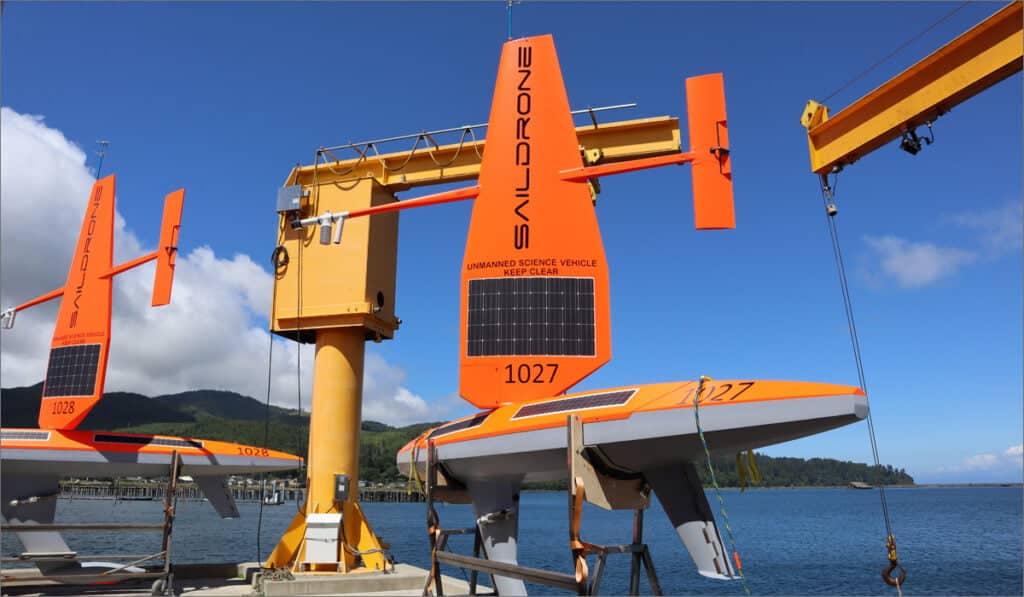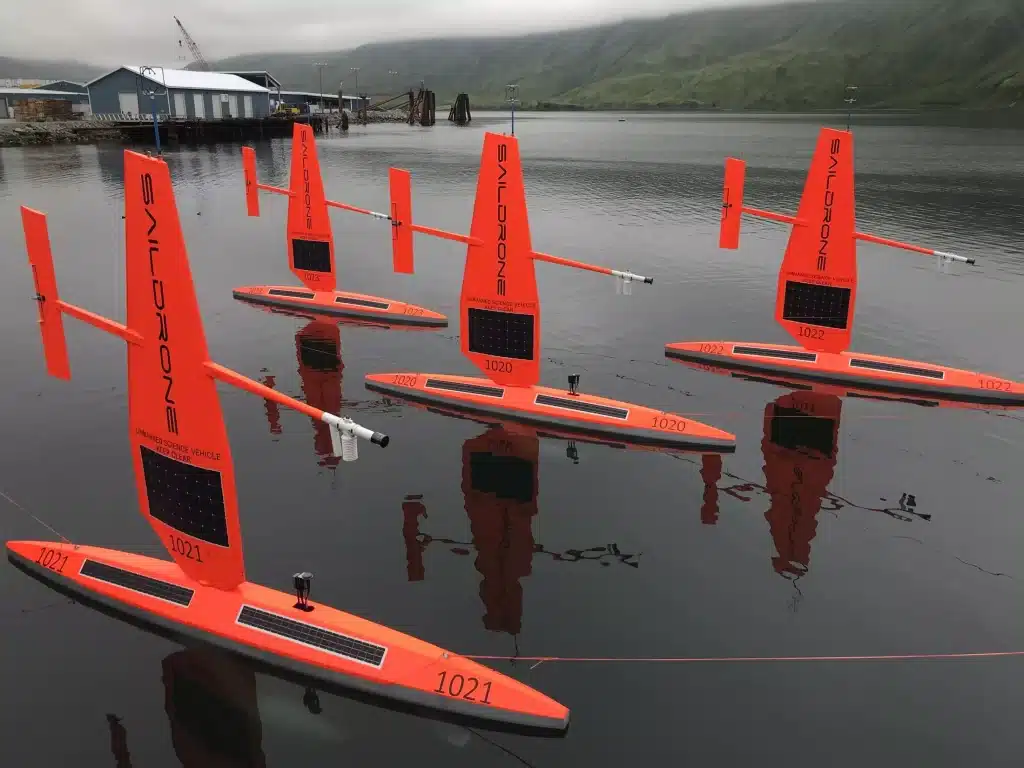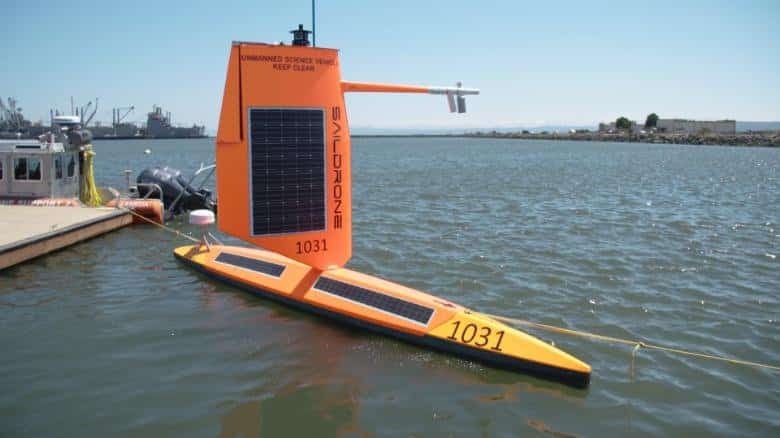Saildrone builds autonomous ocean-going ships to study the environment. This summer, the Silicon Valley startup sent five of its ships directly into the path of hurricanes in the Atlantic Ocean.
While airplanes can fly through hurricanes, the winds unleashed by these phenomena they raise waves so large that attempting to navigate boats right inside them is something to be avoided at all costs. Except for Saildrone: his ships are unmanned and built to survive hurricane winds and huge waves.
Scientists are thrilled that ships can improve our understanding of how storms intensify.

Surfing in hurricanes
“If you're in the center of a hurricane at that kind of wind speed, the ocean becomes the turbulent boundary between the water and the air,” he says (not without a poetic streak) Chris Meinig, the technical director of the National Oceanic and Atmospheric Administration.
I can't imagine flying a plane or a ship on purpose inside hurricanes. I'd much rather send these robots there and have them do their job.
Chris Meinig
And so it will be. Saildrone has a partnership with US authorities to study how hurricanes form, including their rapid intensification. Hurricane Ida, which recently hit the American coast, went from a Category 1 storm to a Category 4 storm in less than 24 hours.
How are Saildrone ships made?
The drone ships are about 7 meters (23 feet) long and have four built-in cameras. They measure wind, ocean temperature and air temperature. The CEO of Saildrone Richard Jenkins he said his company will focus research on understanding how energy and heat (ocean and atmosphere) exchange during hurricanes. The data collected from the ships will be retransmitted in real time for analysis and case studies.
“No one has ever observed what happens to the spray foam waves in the center of the hurricane. So hopefully we can see on camera what the water looks like,” Jenkins said.
Saildrone ships recently studied ocean conditions near Alaska. The drones have navigated more than 800.000 kilometers (500.000 miles) to date. In 2019 the Saildrone became the first unmanned vehicle to circumnavigate Antarctica.
Not just hurricanes

The Californian startup does not live on hurricanes alone. Saildrone's clients include NASA, the Department of Defense and several universities. There are currently about 100 ships available: other units are under construction, some even larger.


